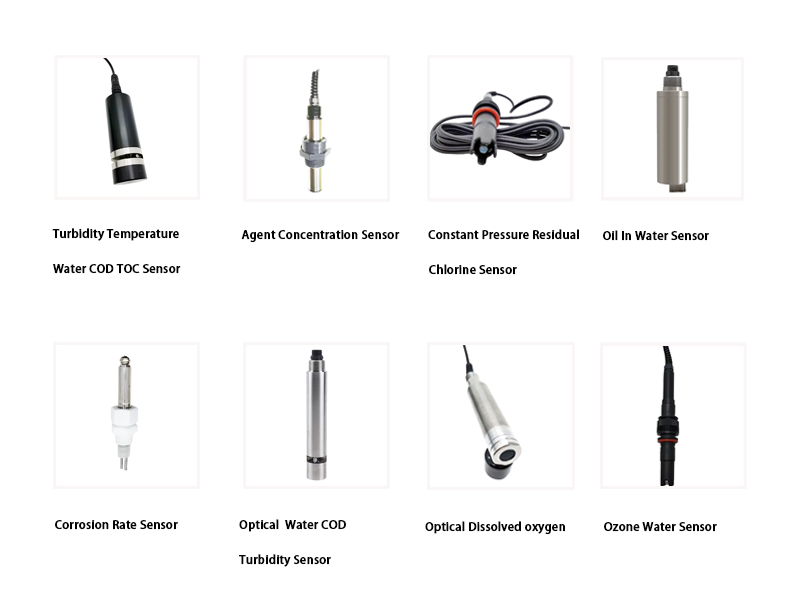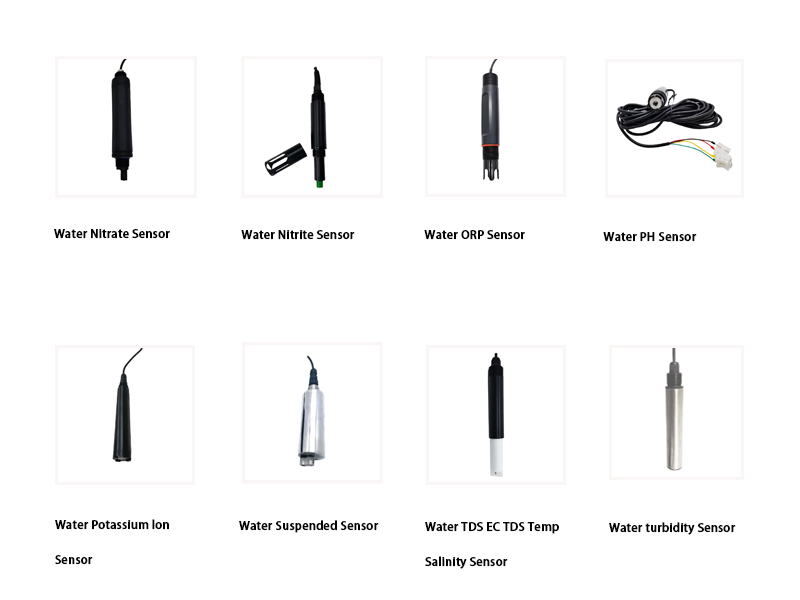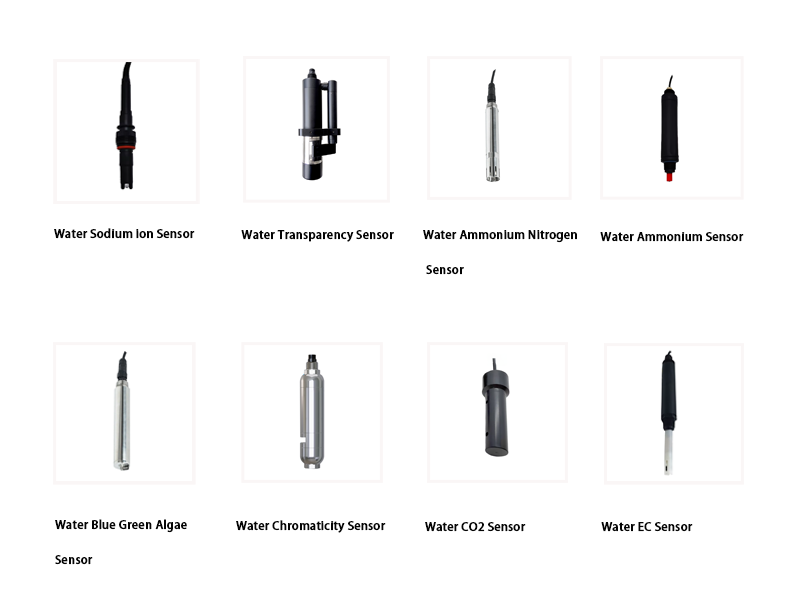For 25 years, Malaysia’s Department of Environment (DOE) has implemented a Water Quality Index (WQI) that uses six key water quality parameters: dissolved oxygen (DO), Biochemical Oxygen Demand (BOD), Chemical Oxygen Demand (COD), pH, ammonia nitrogen (AN) and suspended solids (SS). Water quality analysis is an important component of water resources management and must be properly managed to prevent ecological damage from pollution and ensure compliance with environmental regulations. This increases the need to define effective methods for analysis. One of the main challenges of current computing is that it requires a series of time-consuming, complex, and error-prone subindex calculations. In addition, WQI cannot be calculated if one or more water quality parameters are missing. In this study, an optimization method of WQI is developed for the complexity of the current process. The potential of data-driven modeling, namely Nu-Radial basis function support vector machine (SVM) based on 10x cross-validation, was developed and explored to improve the prediction of WQI in the Langat basin. A comprehensive sensitivity analysis was performed under six scenarios to determine the efficiency of the model in WQI prediction. In the first case, the model SVM-WQI showed excellent ability to replicate DOE-WQI and obtained very high levels of statistical results (correlation coefficient r > 0.95, Nash Sutcliffe efficiency, NSE >0.88, Willmott’s consistency index, WI > 0.96). In the second scenario, the modeling process shows that WQI can be estimated without six parameters. Thus, the DO parameter is the most important factor in determining WQI. pH has the least effect on WQI. In addition, Scenarios 3 through 6 show the efficiency of the model in terms of time and cost by minimizing the number of variables in the model input combination (r > 0.6, NSE >0.5 (good), WI > 0.7 (very good)). Taken together, the model will greatly improve and accelerate data-driven decision-making in water quality management, making data more accessible and engaging without human intervention.
1 Introduction
The term “water pollution” refers to the pollution of several types of water, including surface water (oceans, lakes, and rivers) and groundwater. A significant factor in the growth of this problem is that pollutants are not adequately treated before being released directly or indirectly into water bodies. Changes in water quality have a significant impact not only on the Marine environment, but also on the availability of fresh water for public water supplies and agriculture. In developing countries, rapid economic growth is common, and every project that promotes this growth can be harmful to the environment. For the long-term management of water resources and the protection of people and the environment, monitoring and assessing water quality is essential. The Water Quality Index, also known as WQI, is derived from water quality data and is used to determine the current status of river water quality. In assessing the degree of change in water quality, many variables must be considered. WQI is an index without any dimension. It consists of specific water quality parameters. The WQI provides a method for classifying the quality of historical and present water bodies. The meaningful value of the WQI can influence the decisions and actions of decision makers. On a scale of 1 to 100, the higher the index, the better the water quality. In general, the water quality of river stations with scores of 80 and above meets the standards for clean rivers. A WQI value below 40 is considered contaminated, while a WQI value between 40 and 80 indicates that the water quality is indeed slightly contaminated.
In general, calculating WQI requires a set of subindex transformations that are long, complex, and error-prone. There are complex nonlinear interactions between WQI and other water quality parameters. Calculating WQIs can be difficult and take a long time because different WQIs use different formulas, which can lead to errors. One major challenge is that it is impossible to calculate the formula for WQI if one or more water quality parameters are missing. In addition, some standards require time-consuming, exhaustive sample collection procedures that must be carried out by trained professionals to guarantee accurate examination of samples and display of results. Despite improvements in technology and equipment, extensive temporal and spatial river water quality monitoring has been hampered by high operational and management costs.
This discussion shows that there is no global approach to WQI. This raises the need to develop alternative methods for calculating WQI in a computationally efficient and accurate manner. Such improvements may be useful for environmental resource managers to monitor and assess river water quality. In this context, some researchers have successfully used AI to predict WQI; Ai-based machine learning modeling avoids sub-index calculation and quickly generates WQI results. Ai-based machine learning algorithms are gaining popularity due to their non-linear architecture, ability to predict complex events, ability to manage large data sets including data of varying sizes, and insensitivity to incomplete data. Their predictive power depends entirely on the method and precision of data collection and processing.
Post time: Nov-21-2024




